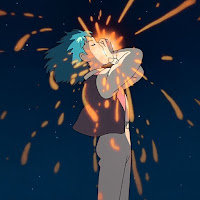Application Design II - Task 4: Final Project
06.07.2025 - 26.07.2025 / Week 11 - Week 14
Teo Mei Hui / 0358315
Application Design II / Bachelors of Design (Honors) in Creative Media / Taylor's University
Task 4: Final Project
CONTENTS
INSTRUCTIONS
TASK
*Recommended dimension: iPhone 16 - 393x852
FEEDBACK
REFLECTIONS
One of the biggest learning curves for me was getting comfortable with FlutterFlow itself, understanding its interface, logic structure, and how to use components like animations, queries, and conditional visibility. Animations added a layer of polish and personality to the interface, while conditional visibility helped me make the UI feel smarter and more responsive to the user’s actions or data.
I also had to work with Firestore queries to fetch and display dynamic data, which gave me a better appreciation of how front-end and back-end elements come together. These features made the app feel more alive, and helped reinforce how important logic and functionality are to user experience—not just aesthetics.
At the same time, I came to realise that creating an app with strong visual impact or unique design elements can be trickier than it seems. It’s one thing to have a creative vision, and another to implement that vision within the limitations of the platform. I had to make compromises, adapt my designs, and find creative workarounds. That challenged me to be more resourceful and thoughtful about both UI and UX.
Despite these challenges, seeing my prototype evolve into a real, working app gave me a genuine sense of accomplishment. It was rewarding to watch the ideas I sketched out in the beginning finally take shape on-screen—and knowing that I built it all from scratch in FlutterFlow made the experience even more meaningful.
.jpeg)







.jpeg)

Comments
Post a Comment